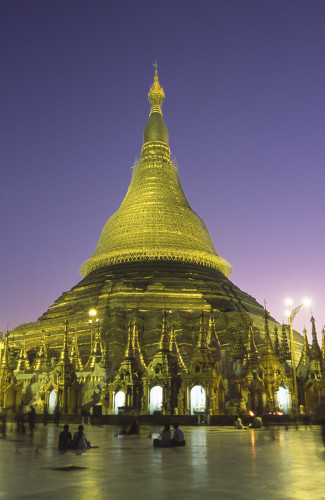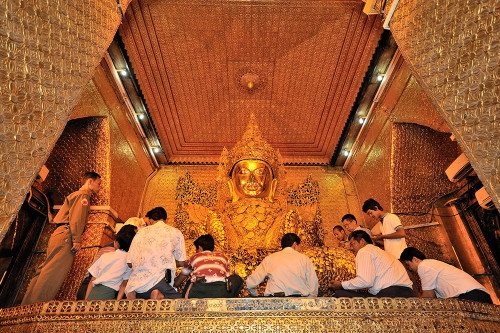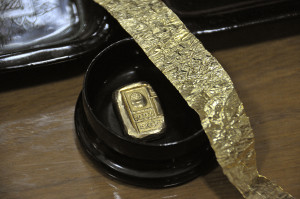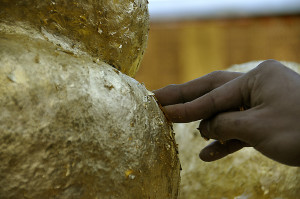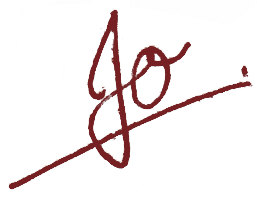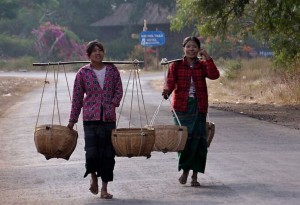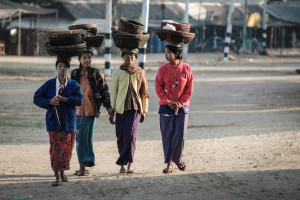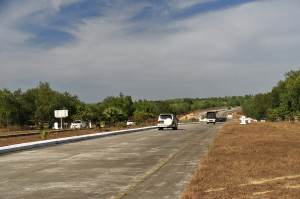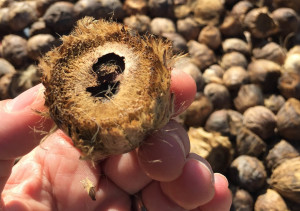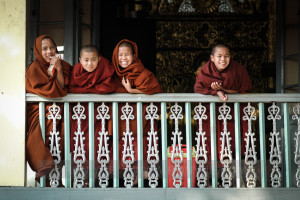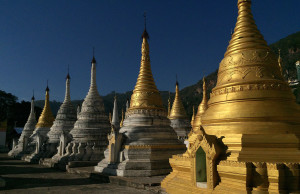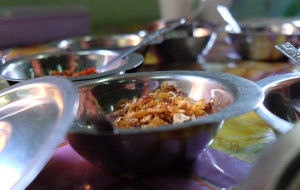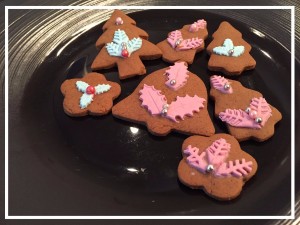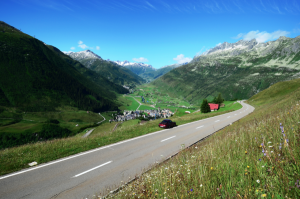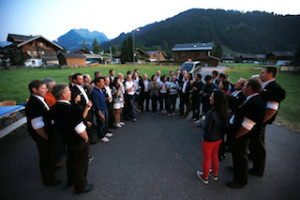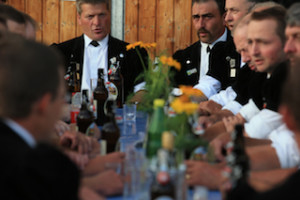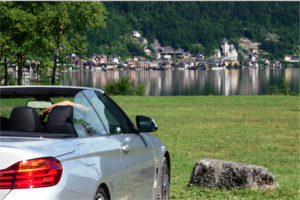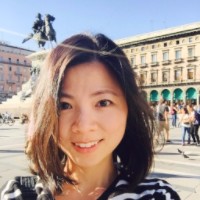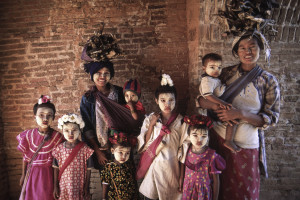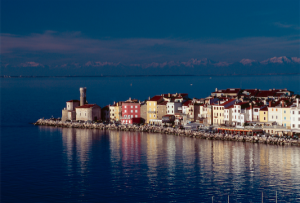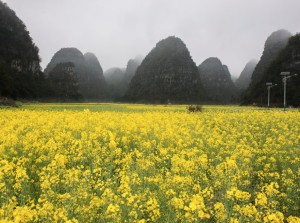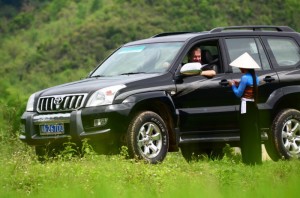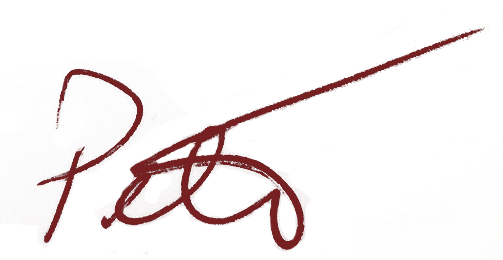Tag Archives: Burma
Posted on 22 Mar, 2016
Burma’s jungles hide fabulous reserves of precious stones. Mines around the town of Mogok in Mandalay Division produce much prized “pigeon’s blood” rubies and beautiful sapphires. In Kachin State, Hpakant’s vast open-pit mines – visible on Google Earth – produce the world’s finest jadeite. And yet, rather than “Land of Rubies” or “Land of Jade”, Burma is known as the “Land of Gold”.
One reason, at least, is obvious from a casual walk around any Burmese town or village. Keep your eyes open, and the chances are that within a couple of minutes you’ll either spot the burnished gold of a pagoda at street-level, or see one glinting from a nearby hilltop.
Burma’s paya – a word usually translated as “pagoda”, although the majority resembles stupas more than Chinese-style pagodas – are almost universally covered with gold leaf or gold paint. Coating and recoating religious buildings with gold is one of the best ways for the building’s sponsors to earn religious merit.
Elsewhere, the gold covering is more of a collective effort, with worshippers queuing to buy tiny squares of delicate gold leaf sandwiched between sheets of tissue. Mandalay’s Mahamuni Buddha is a good example; the lower part of this revered Buddha statue, believed to be one of a handful cast during Buddha’s lifetime, has slowly been obscured by layers of gold leaf applied by male devotees (women must watch the action on a television screen outside). The gold is now estimated to be between 20–30cm or almost 12 inches thick!
One of the most fascinating places I visited on my research trip to Burma was one of Mandalay’s gold leaf workshops. Considered a sacred craft, the leaves are handmade by a process that has changed little for centuries. First, an ounce of gold is placed in a bamboo paper wrapper and pounded with a heavy hammer for 30 minutes before being cut into six smaller pieces. These pieces are then stacked and the process is repeated again and again until the sheet reaches the requisite thinness, as you can see in the following video:
Crafting gold leaves is hard, but it pays well and, according to Buddhist tradition, buys good karma. Only men are allowed to do the hammering, taking up the job at the age of 16 and retiring in their mid-forties when their bodies can no longer endure the work. Women work at cutting the gold leaves, a less respected role than the men’s. Both men and women work in stuffy, wind- and draught-proof rooms to cut the feathery sheets of gold leaf into smaller pieces.
The second and less immediately obvious reason behind Burma’s golden nickname is that both the Burmese and the Mon believe that a region of Lower Burma was once the site of Suvarnabhumi, a “Golden Land” mentioned in early Buddhist texts.
The town of Thaton in Mon State is supposed to have sat at Suvarnabhumi’s heart. Once the capital of a wealthy Mon kingdom, today Thaton is a sleepy little market town, where the only signs of a “golden land” are the pagodas that glint from the ridge behind the town, and the large Shwe Saryan pagoda complex next to the bus station.
As you can see, both of the reasons why Burma is known as the “Land of Gold” are intimately connected to its people’s strong Buddhist faith. Another story I was told during my trip attests to this strong link: many Burmese families do not have savings accounts, not because they don’t have any money to save, but rather because any surplus each month is spent on gold leaf and stuck on temple statues – savings for the next life, rather than this one, as it were…
Please click this link to our “A Burmese Journey – From the Golden Triangle to the Bay of Bengal”, that features a visit to a gold leaf workshop in Mandalay.
Posted on 2 Mar, 2016
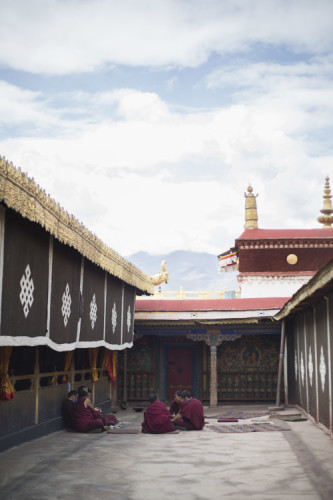 When I was working on The Rough Guide to Burma, I spent a week staying in a hotel in Hpa-An, Kayin State’s laidback capital, while I explored the surrounding region. One of my fellow guests was a slight, red-haired German man who wore wire-rimmed spectacles and a striped Kayin longyi, and spent afternoons drinking tea and reading on the hotel’s shady balcony. Intrigued as to why he didn’t seem to be going anywhere – other backpackers moved on after two or three nights – I eventually struck up conversation with him to find out why.
When I was working on The Rough Guide to Burma, I spent a week staying in a hotel in Hpa-An, Kayin State’s laidback capital, while I explored the surrounding region. One of my fellow guests was a slight, red-haired German man who wore wire-rimmed spectacles and a striped Kayin longyi, and spent afternoons drinking tea and reading on the hotel’s shady balcony. Intrigued as to why he didn’t seem to be going anywhere – other backpackers moved on after two or three nights – I eventually struck up conversation with him to find out why.
The man was actually on his third week in Hpa-An – this being the first major town he’d reached after crossing the border from Thailand. He’d arrived from with a two-week visa that he had used before returning to Bangkok for a second visa, which he was halfway through at the time of our conversation. “I just like to travel this way; I take a month off each year, and when I reach somewhere nice I’ll stop for a couple of weeks and spend my days exploring slowly and relaxing.”
Now, I write a blog that’s nominally about slow travel – a style of travel that I find very appealing and very unachievable, as I always end up in a mad dash to somewhere or other – so I began to enthuse about his slow travel philosophy and how everyone should travel like this (let’s put my own inability to do so aside for the moment). He politely let me go on for a bit before interrupting: “The main thing, I think, is that each of us gets satisfaction from our travels. Going so slowly would not suit everyone, it’s just important to know what you want to get out of your trip…”
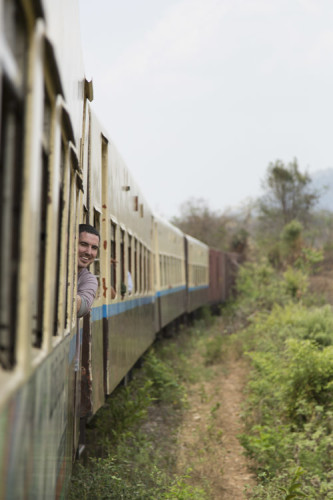 And, of course, he’s right. But it strikes me that, with websites and magazines churning out lists of “must-sees”, “hot destinations” and “places to see before you die”, it is easy to get distracted and forget how you originally wanted to spend your travel time. Perhaps the best balance to strive for is between keeping an open mind and trying new things, and doing so in a way you find meaningful and fun.
And, of course, he’s right. But it strikes me that, with websites and magazines churning out lists of “must-sees”, “hot destinations” and “places to see before you die”, it is easy to get distracted and forget how you originally wanted to spend your travel time. Perhaps the best balance to strive for is between keeping an open mind and trying new things, and doing so in a way you find meaningful and fun.
That might mean taking the time to hunt down a special flavour of gelato in Florence rather than visiting another church; or sipping a cup of sweet tea in a Yangon teahouse rather than dutifully tramping around another yet pagoda; or blinking in bright sunshine from the roof of the Jokhang in Lhasa, rather than queuing to enter the crowded chapels below. Whatever it is that you enjoy, take time to seek it out and soak in the experience, rather than following crowds or fashion – go your own way.
Posted on 18 Dec, 2015
Welcome to our quarterly update, a whirlwind summary of what we’ve been up to in the past few months and what is to come in 2016 besides the smell of ginger bread cookies my wife will be baking in our kitchen this weekend.
Looking back…
The second half of 2015 stands out because we saw, at last, our first journeys in Europe. Given that “On the Road in the Europe” has been gestating for 15 years, it is with a great sense of pride that we can finally introduce our first itineraries in the Europe – to watch a beautiful video of our journeys in the Alps, click here.
I have two memories from our European journeys this autumn that I would like to share with you.
First, in Gstaad, a small Swiss town, we had arranged the surprise appearance of a Jodl (or Yodel) Choir to entertain our group while they dined on fondue one night. As the Swiss singers yodeled, they coaxed our guests to join their song.
Though initially shy, one of our Hong Kong guests suddenly seized the initiative and launched into a rendition of Teresa Teng’s classic, “The Moon Represents My Heart” (月亮代表我的心) for the Swiss yodelers, with the remainder of our guests swiftly joining him for the chorus. Despite their lack of a common language (the yodelers speaking a Swiss dialect that I found difficult to understand myself), the two groups sang to each other with moving warmth, and toasted each other with infectious enthusiasm.
On our second foray into Europe, I was immensely pleased when our guests all selected open-top cars, perhaps following my advice that, for our European journeys, you “can drive any car you like, so long as it is a cabriolet!” Even on the trip’s rare grey mornings, our small convoy would roll away from the last night’s hotel, each car with its top down. When we pulled into the next hotel’s driveway that evening, the tops would still be rolled back, having remained that way throughout the drive. It was wonderful to see so much enthusiasm for driving in the crisp, fragrant mountain air of the Alps. 一百分!100 points to all of the participants!
In the second half of 2015, our team grew with Peifen, Liu (劉佩芬) and Kayin, Chau (周珈妍) joining us.
Peifen is based in Taiwan. She brings a breath of fresh air into the development of our business there, and in a very short period of time she has turned many customers into fans of hers and On the Road.
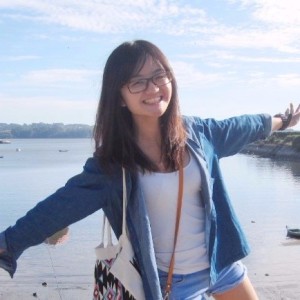
Kayin
Kayin has joined our Hong Kong team and now takes care of “Operations” – all the things that need to happen before a group of guests can hit the road; reserving hotel rooms, renting cars, booking flights and a million other details. This role was formerly filled by Cathy Choi, who is now focusing on marketing our journeys in Hong Kong.
Looking forward…
We’re in the midst of developing two new journeys, one in Asia, and one in Europe:
2016 will see the launch of On the Road in Burma, if I can call it this. We have long wanted to offer driving journeys in this remarkable country, and in January and February we will complete our ground research so that we can – fingers crossed! – begin taking bookings for our first journeys there in November 2016. Stay tuned!
In March, we will continue our research for a new set of European itineraries in the former Austro-Hungarian Empire, with the focus on the Czech Republic, Slovenia and Croatia. Our initial research has been incredibly exciting and we can’t wait to share the gems of cultural and scenic beauty that we’re discovering in this region!
This look ahead wouldn’t be complete without a brief mention of our upcoming journeys:
Our all new photography journey in Yunnan takes in three of the province’s most photogenic places: the striking fields of red earth around Dongchuan, the golden sea of rapeseed flowers that surrounds Luoping’s otherworldly karst scenery, and the “Mirrors of God” paddy fields outside Yuanyang. The journey starts on March 4th – it’s not too late to make time to join Ron and our team!
Over Easter, our “Family Adventures: Travel Photography in Yunnan” journey with Ron is fully booked, but there are two border-crossing journeys – one from Shangri-La via Laos to Chiang Mai in Thailand ; the other from Kunming via Laos to Mai Chau in Vietnam – that you will not regret joining. The variety of cultures, cuisines, landscapes and roads you will experience along both these routes is sure to make the holiday especially memorable!
Happy Holidays!
And now off to Perth, Australia, I go to celebrate the holidays with my wife Angie’s large Chinese family. Since they can all drink – no faces turning red in this family! – and all love to cook, I am, as always, in for a treat.
I wish you, your family and friends, wonderful end-of-year holidays too and thank you for all your interest and kind support throughout the years.
